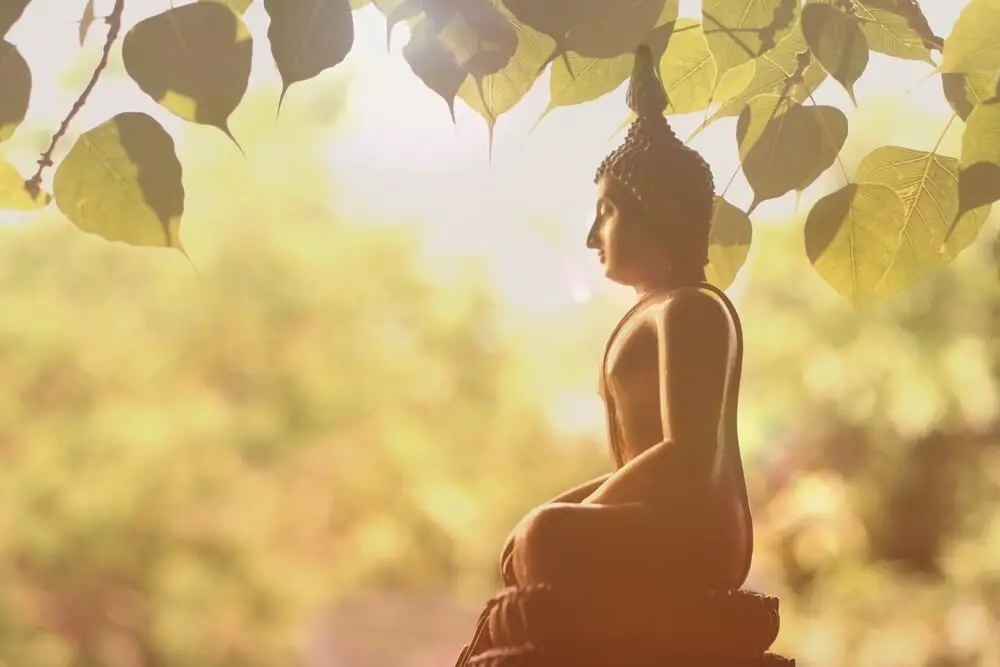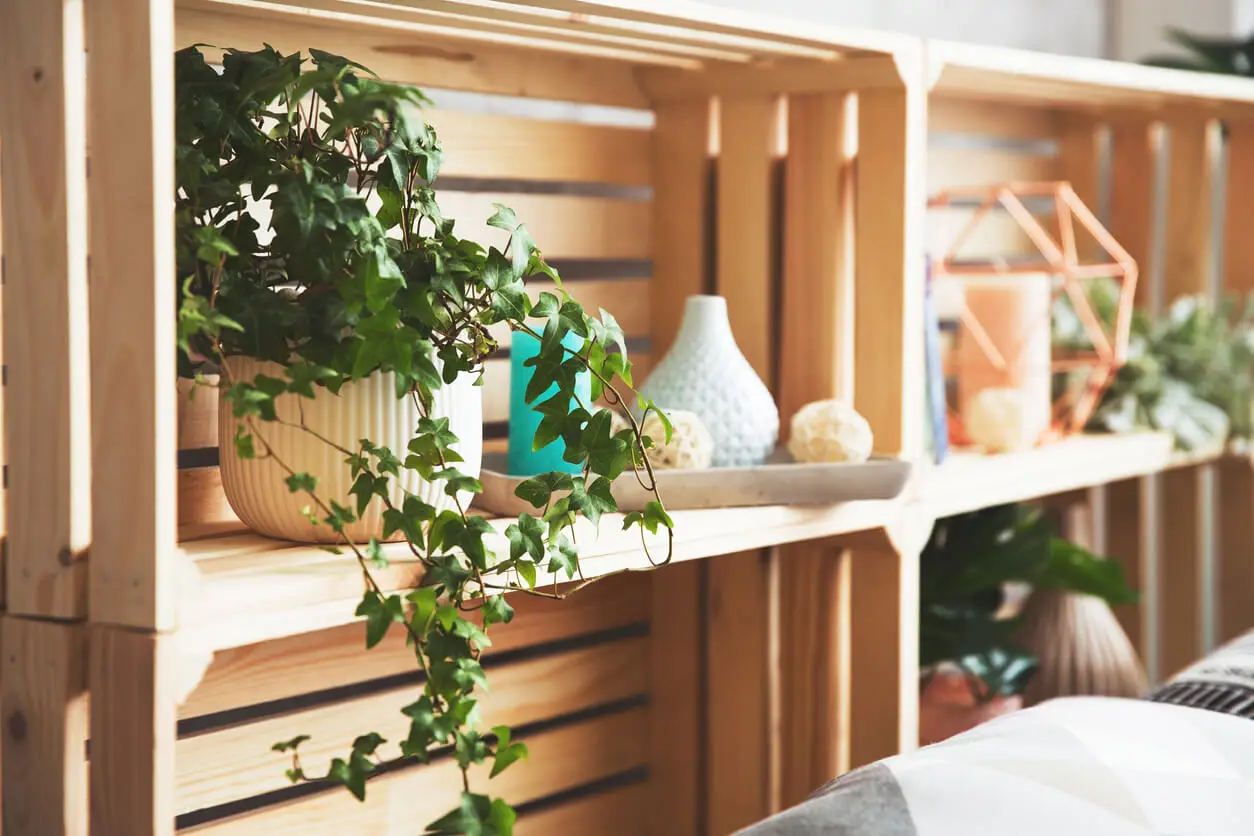Wabi Sabi Style: The Origin and How to Apply it in Your Decorating

Throughout history, various styles have been created that give special characteristics to each interior design in the world of decoration. However, not all of them fulfill a purely aesthetic function, but many are related to a lifestyle and worldview. The wabi sabi style is one of them.
Among the styles that have set trends in recent years, such as Nordic, industrial, minimalist, or vintage, one of the most authentic and elegant is the wabi sabi. This is a particular Japanese way of seeing the universe.
Because of its authenticity and origin, it represents more than a simple style, since its intention is to guide us along a spiritual path that brings us peace, clarity, and harmony. It’s meant to be a simple design that’s elegant at the same time. Thus, its essence lies in a relaxed way of life, in which nature, bright spaces, and a variety of colors and shapes play an important role.
What is the wabi sabi style?
In general terms, the word wabi sabi is related to the elegance of simplicity and spontaneity, as well as with an approach to nature.
As for the etymology, there are several discussions around the concept. However, the most widely accepted is that wabi means “the elegant beauty of the humble”, and sabi is “the passage of time and subsequent deterioration.”
Coming from Japanese Zen aesthetics and philosophy, wabi sabi seeks to appreciate the beauty of the imperfect and accept the value of what is impermanent while cultivating simplicity. It’s a tool not only for personal development, but also for the search for peace with the environment and with oneself.
Its core is in learning the true essence of things from a perspective of simplicity and austerity. Taken to the level of decoration, this is conceived as a style that allows us to create atmospheres that lead us to relax and respond in a harmonious and balanced way.
In order to solve problems and have a balanced life, we need an environment that has a decoration that integrates with our body, mind, and spirit.
We think you may also enjoy reading this article: Eco-Friendly Decoration: Sustainable Ways To Decorate Your Home
The origin of wabi sabi
According to research by the Escuela Técnica Superior de Arquitectura de Madrid, the Japanese aesthetics of the wabi sabi style are linked to the Japanese tea ceremony. Since ancient times, the emergence of tea culture, which spread throughout various regions of Asia, has been complemented by both ceremonial and aesthetic elements.
Likewise, tea houses took advantage of the elements of nature – hence their mutable and changing essence.
Its oriental origin can be traced back to the time of the development of Taoism, during the Song dynasty in China. However, it has mixed with and enriched by other historical periods, as well. Apparently, wabi sabi was transmitted to Zen Buddhism, which is known for its focus on meditation, and took influences from there as well.

How to apply the wabi sabi style in decoration
When we talk about the wabi sabi style or how to decorate according to the beauty of the imperfect, we’re referring to a decoration style marked by simplicity, authenticity, and contemplation of nature. The perfect balance is sought through the combination of essential and functional objects to achieve a sober and modest but at the same time sophisticated tone.
This style prioritizes the natural
Wabi sabi style gets a lot of inspiration from nature. In this sense, the latter becomes the provider of materials, colors, fibers, and shapes to decorate homes.
In fact, an analogy that serves to define this style is to relate it to the human being assuming the passage of time: wrinkles, gray hair, authenticity, security, wisdom, and simplicity.
Each and every material used in the wabi sabi style comes from nature. However, if youdon’t want to be so purist, you can combine it with other types of materials.
Wabi sabi homes are decorated by opting for the value of unfinished beauty, with natural textiles, such as those from cotton and linens, characterized by their softness. In this way, there’s always prefarance for the organic and natural. However, the style also seeks to be as simple as possible.
Austerity and rustic elements are key, as well as the presence of asymmetrical and irregular objects that resemble organic shape. Simple and relaxed decoration is the outcome. Finally, natural lighting is also essential.
Like this article? You may also like to read: Feng Shui and Aromatherapy to Balance the Energy of Your Home
Choose neutral and harmonious colors
Since the wabi sabi style aims for harmony and relaxation, look for inspiration in the colors of nature that achieve this effect. In this sense, earth tones and subtle greens or blues are perfect. Thus, harmonious color palettes are preferred, with neutral tones such as beige, white, or sand.
These colors also offer a sense of timelessness.
On the other hand, in the wabi sabi style, it’s also possible to find light walls with visible cracks, reminding us that imperfection is part of life, of the passing of the years, of longevity, of humility, and simplicity. Wood, with its original designs, also contributes to the decoration.
Rustic furniture
The furniture that accompanies this type of decoration is rustic and it’s allowed to be exposed to wear and tear and display cracks and all the marks that time shapes. However, the idea is not to favor damaged furnture, but natural furniture. That’s why wooden, woven, bamboo or handcrafted furniture is perfect.
Handcrafted tableware is ideal for adding touches of color and decoration to this style. Look for hand-painted pieces with drawings inspired by the real world. You can accompany them with certain objects that evoke nature.

Apply wabi sabi beyond decoration
Wabi sabi is a lifestyle that shows us the way or tao of human beings in the search for happiness, peace, and harmony. Therefore, it’s an aesthetic that leads to authenticity, as opposed to industrialization and capitalism. It opts for a more sustainable and conscious existence.
For this reason, the wabi sabis tyle seeks the recovery of artisan works and workshops, focusing on warmth, simplicity, and essentials. It opts for unique objects that are not mass-produced and that don’t contain materials that are harmful to the environment or the body.
This is a style of decoration that’s ideal for those who have decided to lead a lifestyle that’s more friendly to the environment and includes meditation.
All cited sources were thoroughly reviewed by our team to ensure their quality, reliability, currency, and validity. The bibliography of this article was considered reliable and of academic or scientific accuracy.
- Unzaga, L. (2008). Wabi-sabi. La estética de los evanescente [Escuela Técnica Superior de Arquitectura de Madrid]. http://oa.upm.es/51509/1/TFG_Unzaga_Bustos_Leireop.pdf
- Juniper, A. (2011). Wabi sabi: The Japanese art of impermanence. Tuttle Publishing.
- Koren, L. (2008). Wabi-sabi for artists, designers, poets & philosophers. Imperfect Publishing.
This text is provided for informational purposes only and does not replace consultation with a professional. If in doubt, consult your specialist.








